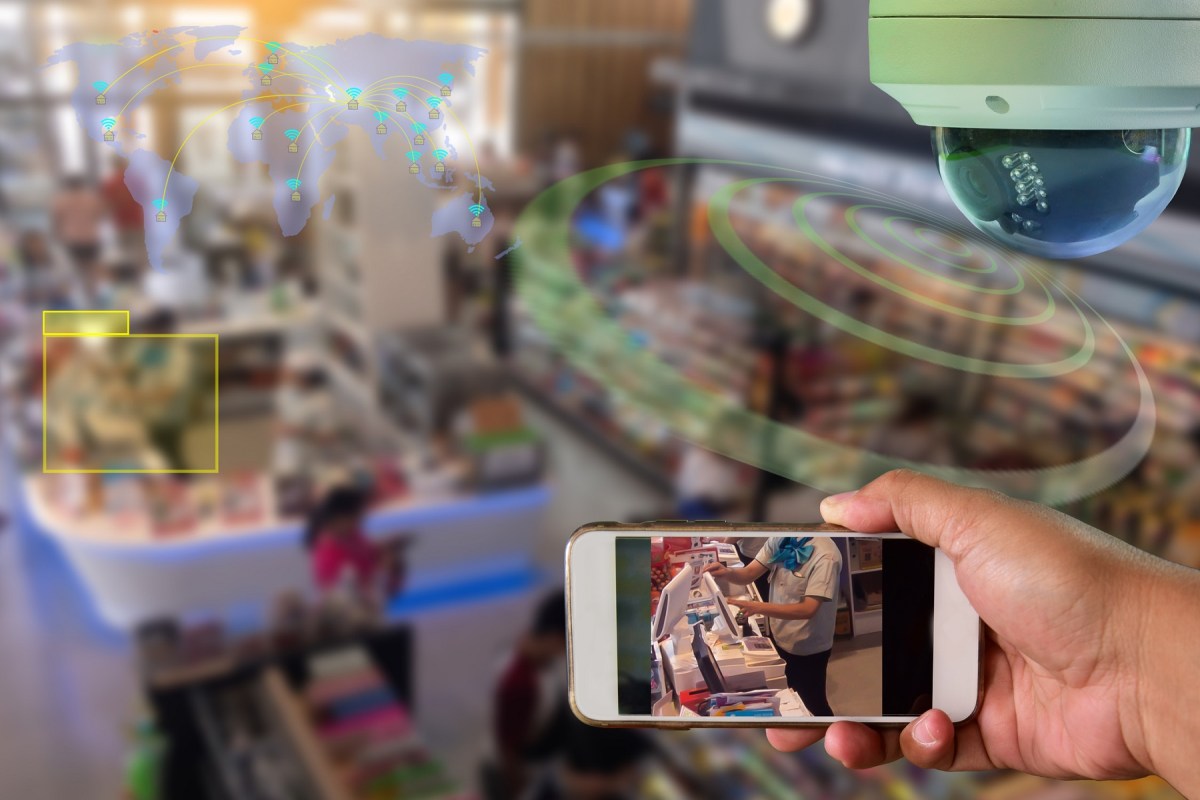Retail trade is going strong, despite multiple headwinds. Seasonally adjusted retail trade turnover in July rose by 16.5 per cent, year-on-year, according to estimates by the Australian Bureau of Statistics (ABS). But this surge may not last forever.
Recent analysis by consulting firm Deloitte suggests retailers may be edging closer to a turning point in consumer spending, with rising prices, not volumes, leading to an increase in spending. Moreover, services spending growth is likely to once again exceed growth in spending on goods, as Australia reverts back to pre-COVID spending patterns.
According to the September edition of Deloitte Access Economics’ Retail Forecasts report, while consumers’ pent-up demand for discretionary retail is likely to remain strong in the near-term, it is anticipated that consumers will eventually rein in discretionary retail spending.
This anticipated trend means that now could be a good time for retailers to review their operations and look at ways to continue driving growth if and when the market softens once again. One way brick-and-mortar retailers can find new growth drivers is with the humble security camera.
Video cameras in retail outlets have long been associated with security surveillance, and this is still a necessary use case. However, camera technology has evolved, and today’s smart cameras have the potential to open new avenues for greater business value.
The secret to consistent sales in a soft market is return business, and one of the best ways to ensure return business is by providing great customer experience. This can be accomplished by doing two things well: providing prompt service, and enabling a personalised in-store experience. Indeed, personalisation is key to driving revenue through sales conversions.
However, establishing an effective personalised in-store experience often requires a number of different data points from customers with which to gain the insight needed for appropriate personalisation. Integrated solutions can help here, especially those that allow retail operators to ‘listen’ to their store.
Smart cameras can be particularly useful in this respect, as they can provide the raw data needed to determine basic factors such as how many people might enter a store in a particular time frame and where they might go once they enter the store.
Unlike traditional surveillance cameras, modern smart camera technology has the potential to apply the data analytics needed to determine more complex factors, such as customer flow bottlenecks, promotion-based activity or even stock replenishment requirements, which together can help to improve in-store conversion rates and drive sales.
Here are five ways smart camera technology can provide the data and analysis needed to improve customer experience and drive better business outcomes for retailers:
People counting: Counting in real-time the number of people passing through a particular area, and in which direction, can help retailers determine where to position particular products or signage for greatest effect and how to arrange store fixtures for effective traffic flow.
Queue monitoring: Tracking how many people may be in a point of sale queuing area can provide accurate guidance on appropriate staffing levels for smooth register operations while providing information on wait time and churn rates for better business insight.
Demographic identification: Statistical information on visitors’ gender and age groups can be used to trigger digital signage messages based on age or gender, providing retailers with an avenue for maximising the potential sales value of each and every customer in-store.
Heat map intelligence: The active identification of customer hot spots, dead areas and bottlenecks can help retailers visualise traffic patterns over time as well as in real-time, providing the information needed to optimise store layout and increase engagement across the shop floor.
Digital signage decisions: Targeted marketing messages to visitors based on age and gender can be triggered by the right combination of visual information and data analytics, giving retailers the ability to automate personalised messages to individual customers.
Together, these data points, created and collated by smart network cameras with built-in analytics capabilities, can give retailers the insight they need to drive sales and create their own growth, regardless of external market influences.
Rodney Guinto is account executive at Axis Communications.

